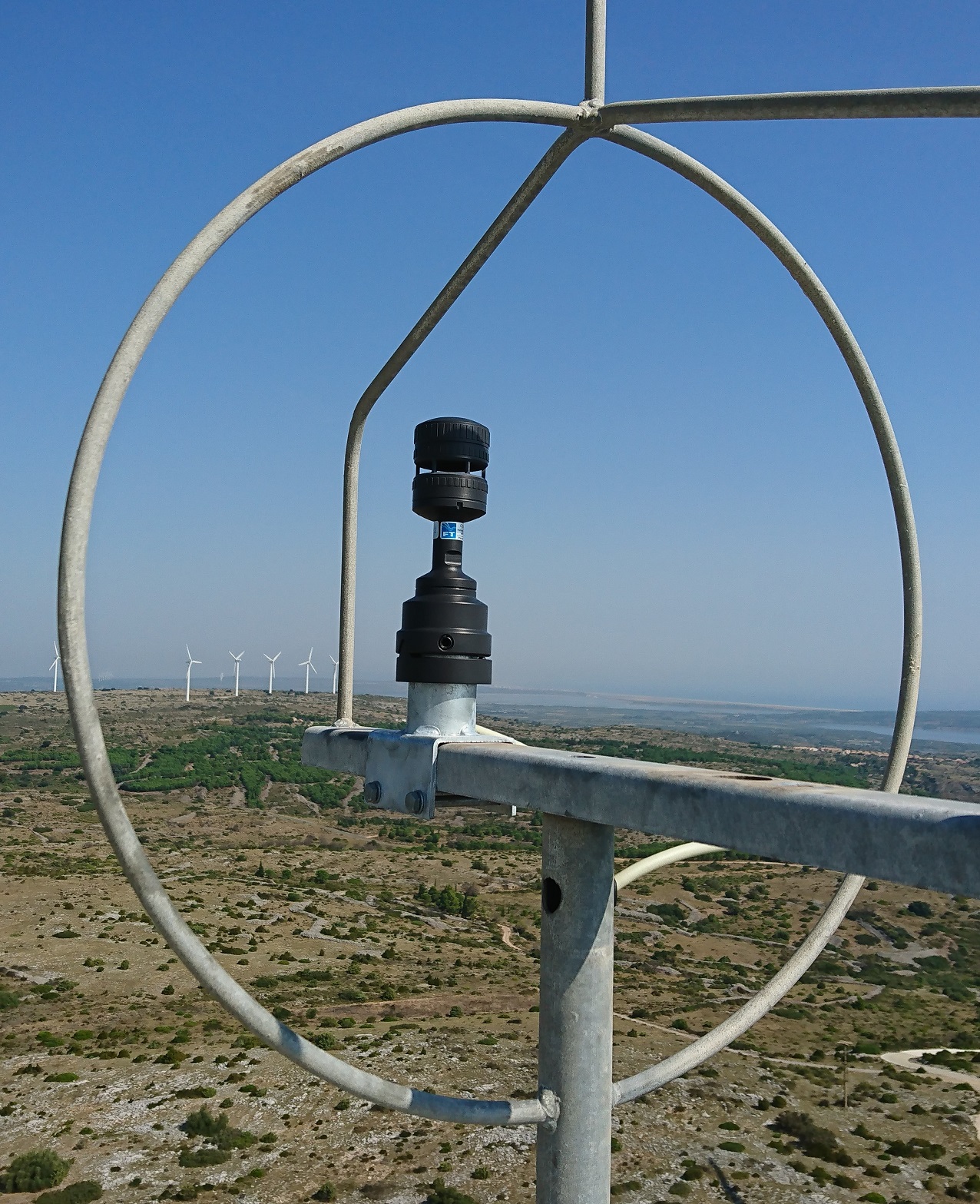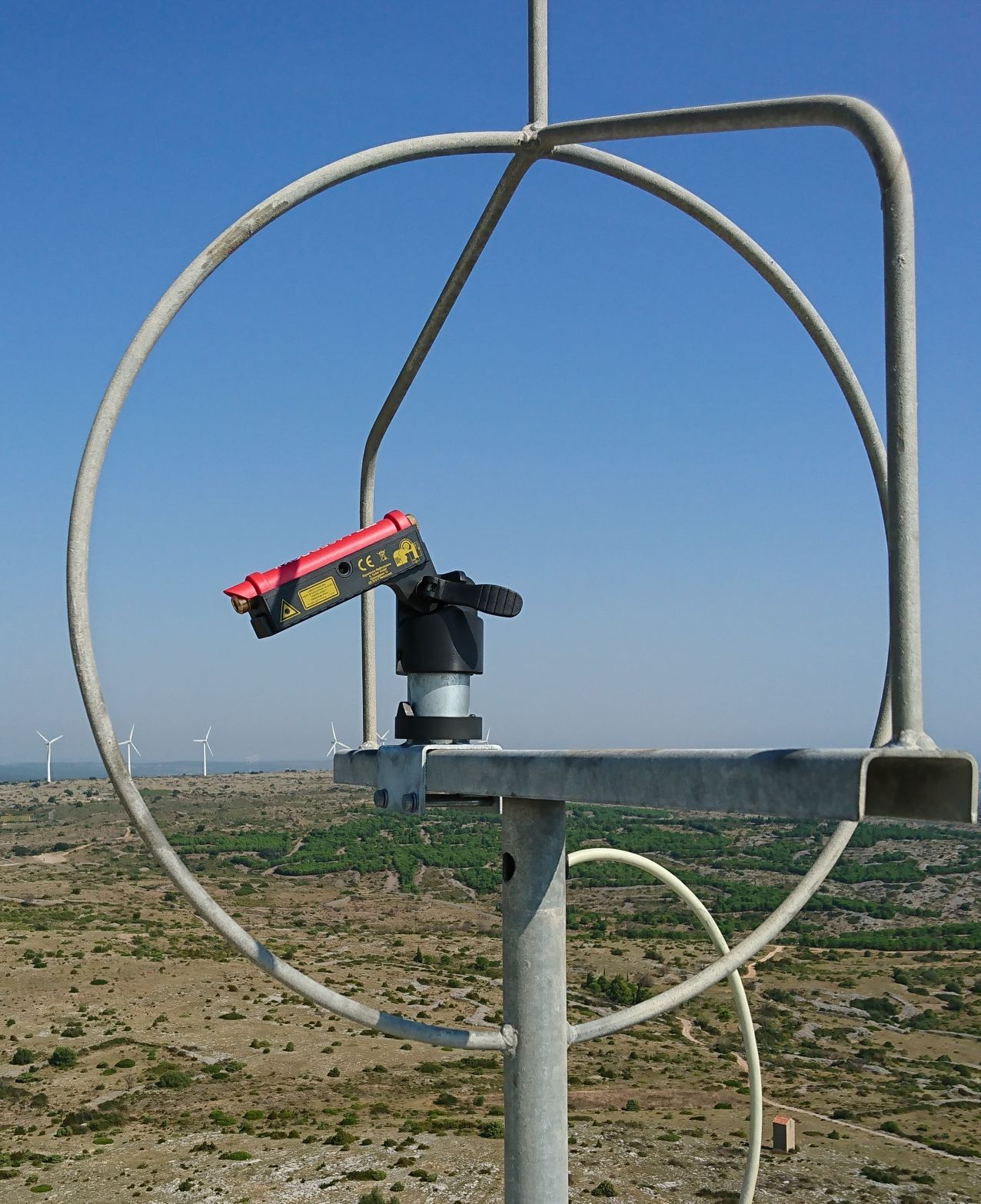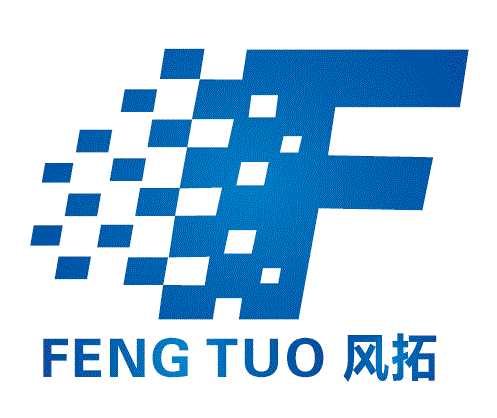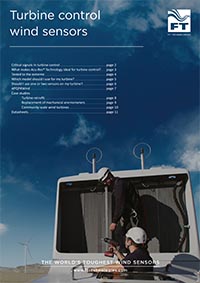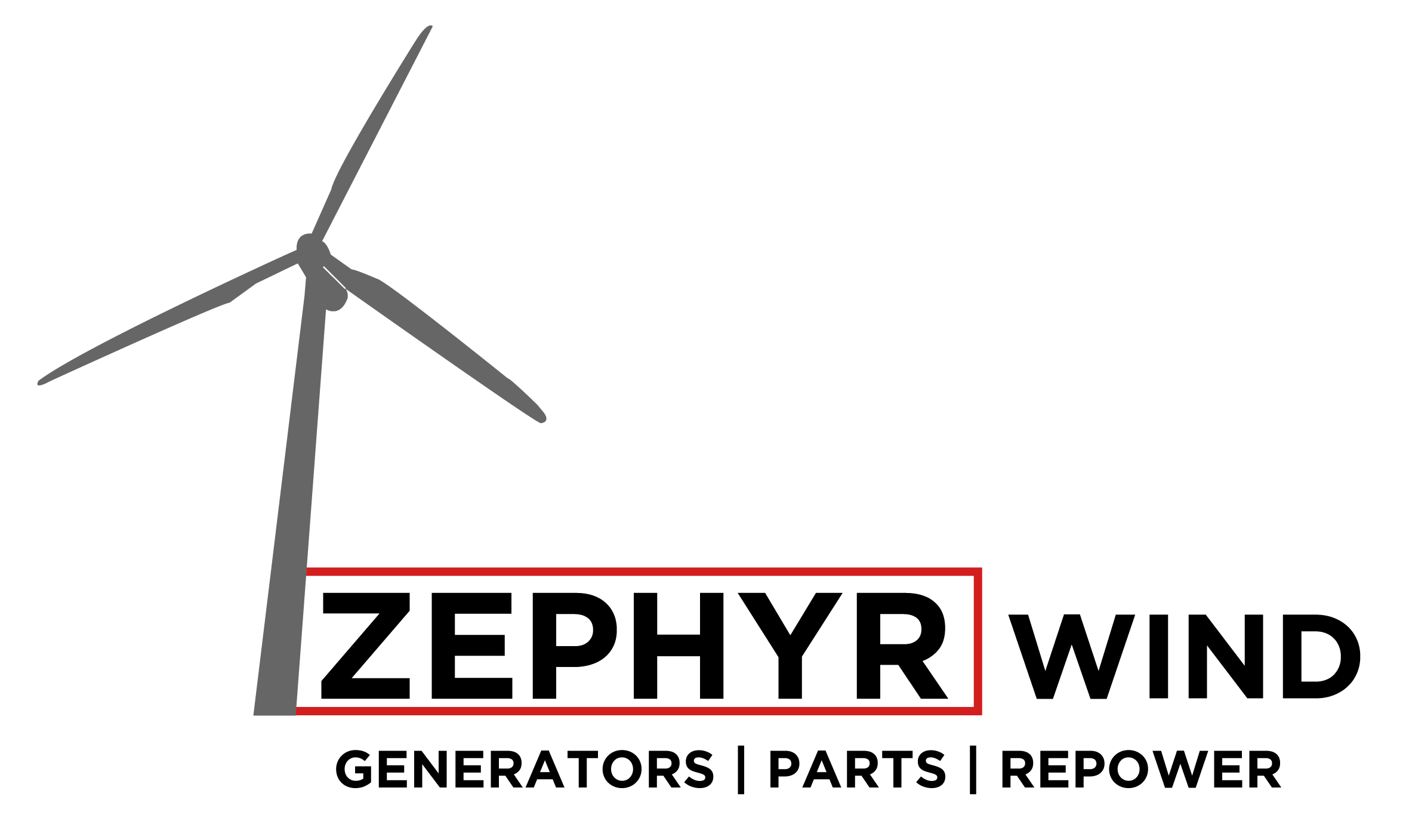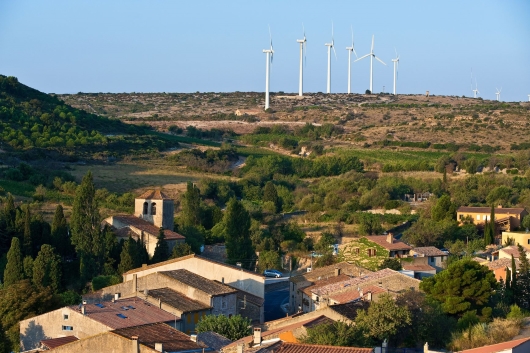
Background
Spica Technology develops and installs software and electronic equipment in new and existing turbines to optimise performance and availability. Founded in 1997, and based in Denmark, they work closely with wind turbine manufacturers, power companies, and wind park operators and owners around the world. In cooperation with suppliers, service providers, asset owners and utilities, their services and retrofit products extend the life of older turbines to maintain high performance and keep down service costs.
One of Spica’s clients was a French wind park owner who had nine 15-year-old Nordex N60 1.3 MW turbines on a site that overlooked a town in the south west of France.
The owner had an agreement with the local town that they would shut down the turbines in certain wind conditions in order to minimise the noise disturbance. The town agreed to compensate the wind park owner for the lost production whilst the turbines were switched off.
In reality, however, the cost of the lost production was more than the compensation that had originally been calculated. As the turbines were quite old and used mechanical anemometers to read wind speed and direction, the whole process of turning the turbines off and then on again was inefficient and costly.
The decisions about when the turbines needed to be switched off were based on weather forecasts rather than real-time data. This meant that if the wind direction differed to the forecast, or if it changed earlier than predicted, the turbines needed to be switched back on again. But this process was completely manual and therefore slow to implement.
The owner needed a better way of making these decisions in order to reduce the turbines’ downtime. They needed real-time wind speed and direction data relayed to the controller in order to automatically shut down and re-start the turbine as close as possible to the imposed restrictions.
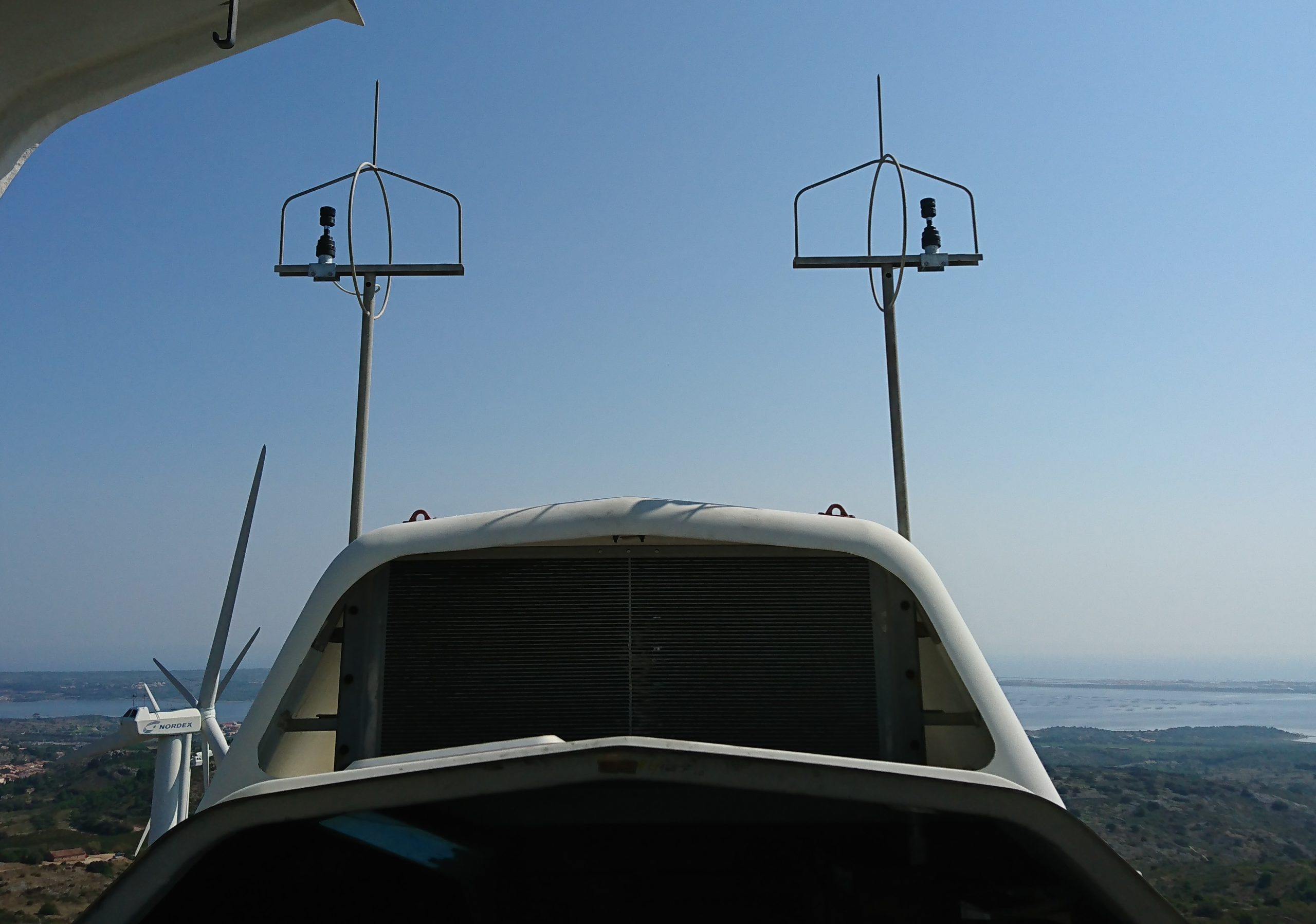 Project
Project
In September 2020, Spica Technology installed a retrofit controller solution along with two FT742-DM50 ultrasonic wind sensors per turbine.
With real-time data from the FT742-DM50 sensors, each individual turbine was programmed to its own specific acoustic plan. Each turbine’s controller automatically switched the turbine off in certain conditions, but then immediately switched it back on again as soon as was possible, with no manual operation necessary.
The wind park owner now enjoys increased availability of his turbines and is saving costs on manual operation and service. With superior corrosion resistance and lightning protection, the FT742-DM50 sensors will give these older turbines many more years of reliable service.
Conclusion
“The project has been a complete success. It was the sum of many different elements – the controller and the remote access resulted in improved availability. And the new FT sensors were a part of this solution.
It is a part of the Spica DNA to always offer our clients the best technology available. When it comes to wind sensors we feel that the best product on the market for wind turbines is the FT sensor. That’s why we’ve chosen to partner with FT and retrofit their sensors.
It is just obvious to us that if you need to change an old sensor you will go with the new technology that FT offers.
FT is recognised within the wind industry as offering extremely high quality. We don’t even have to justify our decision to use their sensors to our customers as they already know that FT are so reliable. It’s like if you buy a car and it comes with Michelin tyres you just say, great. You don’t ask questions because you know and respect the brand. It’s the same with FT.”
Benny Thomsen
Chief Executive Officer
Spica Technology ApS“We are actually amazed that sometimes we see FT sensors that have been on turbines for over 10 years and they are in such good condition that you can’t even tell that they’ve been sitting on the top of a turbine for that long.
And where we have customers with turbines in cold climates, we also feel the FT sensors are best. With their better heating system, they give much better availability for the turbine operator.
The FT742-DM50 is a great new model. It is easy to align with the laser tool and, once fitted, you can be sure that it will always be aligned, even if you have to change it.”
Anders B. Jensen
Chief Technology Officer
Spica Technology ApS
Products used:
The FT742-DM50 wind sensor fits directly onto a 50mm (outer diameter) pipe and reads wind speeds up to 75m/s. With superior corrosion resistance and lightning protection, the DM50 is a great choice for wind turbines and a wide range of meteorological applications. For ease of alignment, the DM50 can be fitted using our FT039 alignment collar and FT040 alignment tool.
